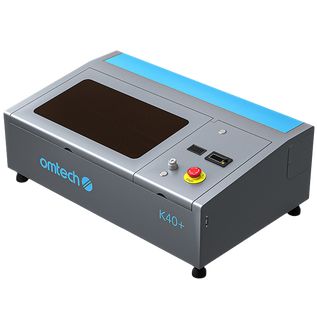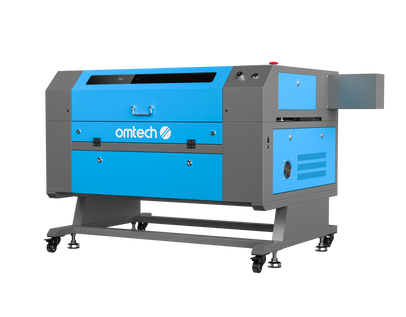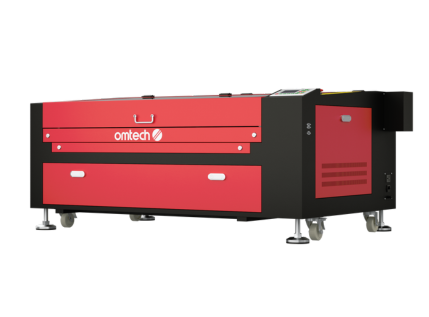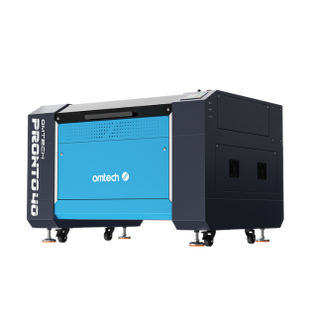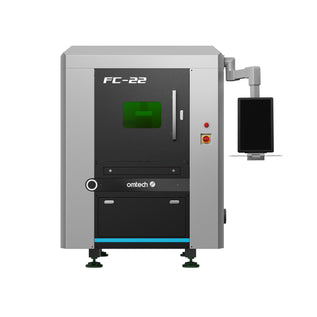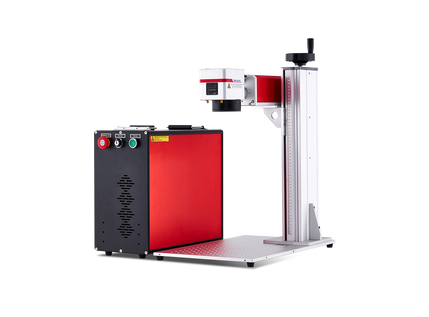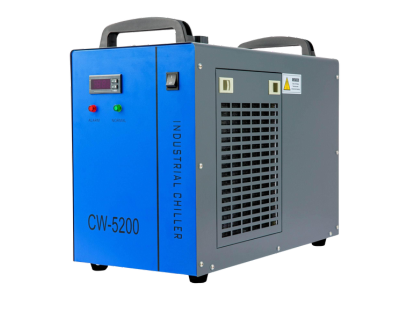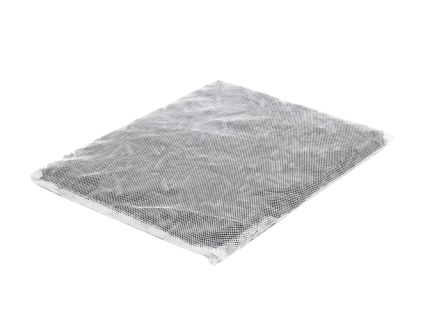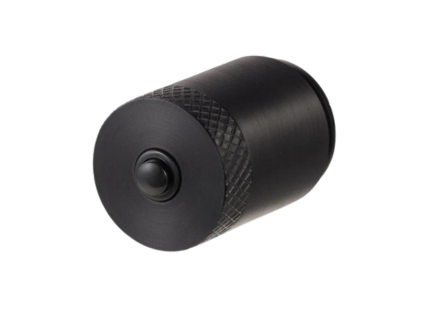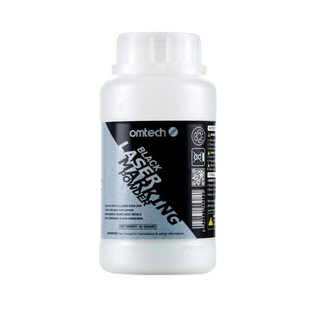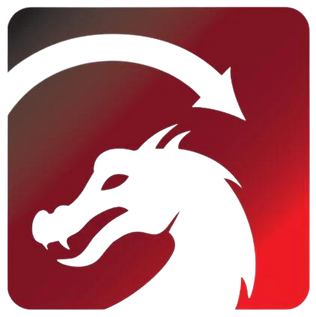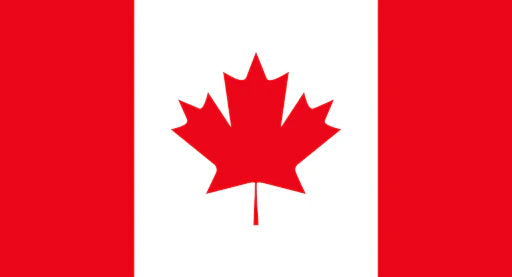Full Guide to Laser Engraving Materials for OMTech 50W Fibre Laser
Powerful, precise, and built for professionals — the OMTech 50W Fibre Laser (F50C) is a top choice for metal engraving and industrial applications. Unlike CO₂ laser machines that specialize in cutting and etching organic materials like wood or leather, fibre lasers operate at a much shorter wavelength (1064 nm), allowing them to engrave metal surfaces with remarkable accuracy and speed. Whether you’re marking stainless steel tools, customizing aluminium parts, or creating intricate jewelry designs, knowing which laser engraving materials are compatible with your OMTech 50W Fibre Laser is key to achieving clean, consistent, and long-lasting results. This guide walks you through a full list of suitable materials, highlights what to avoid, and offers essential engraving and safety notes for your OMTech F50C machine.

Compatible Laser Engraving Materials
The OMTech 50W Fibre Laser is engineered to handle a wide variety of metals and industrial-grade materials, delivering professional-quality marks and engravings. This machine can be safely used with the following materials:
• Aluminum
• Brass
• Carbide
• Gold
• Silver
• Steel
• Stone, including Granite, Marble, etc.
• Titanium
• Tungsten
Materials to Avoid
This machine CANNOT be used with the following materials or with ANY materials which include them:
• Artificial Leather containing Hexavalent Chromium (Cr[VI]), due to its toxic fumes
• Astatine, due to its toxic fumes
• Beryllium Oxide, due to its toxic fumes
• Bromine, due to its toxic fumes
• Chlorine, including Polyvinyl Butyral (PVB) and Polyvinyl Chloride (PVC, Vinyl, Sintra, etc.), due to its toxic fumes
• Iodine, due to its toxic fumes
• Fluorine, including Polytetrafluoroethylenes (Teflon, PTFE, etc.), due to its toxic fumes
• Paper and Paperboard, due to their high flammability when exposed to the concentrated laser
• Phenolic Resins, including various forms of Epoxy, due to their toxic fumes
• Wood, including MDF, Plywood, Balsa, Birch, Cherry, Oak, Poplar, etc., due to its high
flammability
For other materials, if you are unsure about its safety or laserability with this device, seek out its material safety data sheet (MDS). Pay especial attention to information about safety, toxicity, corrosiveness, reflectivity, and reaction(s) to high heat. Alternatively, contact our support department for further guidance.
Instructions for Specific Materials
When engraving a new material, it can be helpful to engrave a test matrix of small boxes produced with various speed, power, and frequency settings to home in on the exact effect that you are looking for. To speed up the process, here are some general guidelines for commonly engraved materials. However, these are only guidelines for your convenience and it is the responsibility of the user to consult material safety data sheets and other sources to ensure the safety of working with various materials and setups. Some of the materials listed will require additional workspace and personal protective equipment in addition to this engraver.
Metals

When engraving metals, generally use high power, low frequency, and low to medium speed settings. To avoid using your marker at greater than 80% power for extended periods, you can also get similar effects by reducing the power somewhat while also increasing the number of passes or decreasing the engraving speed. Be mindful that some metals will produce conducting, reflective, and/or toxic dust. Softer metals naturally produce more dust during engraving, while harder metals can require higher power
settings that also produce more dust. In addition to the risk to the user’s skin and eyes, there may be enough dust produced (especially for repetitive industrial applications) that a full ventilation system is required to address the problem. Similarly, operators and others in the work area may need to use breathing PPE such as masks and respirators.
Aluminum: Bare aluminum requires a somewhat higher frequency than other metals and will never produce a strong black mark similar to those created by engraving steel. When darker marking is required, consider employing anodization or producing a deep engraving that can be darkened by using black epoxy or other filler. Anodized aluminum requires a little more speed but a very low frequency.
Powder Coated Metals: Metals with a powder coating usually require a very high frequency and, for best results, at least 3 passes to remove the coating and polish the bare lower layer.
Precious Metals: Gold and similarly soft metals should be engraved with less power but a
moderate speed. Silver and other semi durable metals are best engraved at a slightly higher power and slightly slower speed, but still not at the same power and speed as steel or aluminum.
Plastics
When engraving plastics, generally use low-power and high-speed settings. Marking and engraving with too much power or at too low a speed can concentrate too much energy at the point of contact, causing the plastic to melt. Among other problems, this may produce poor engraving quality, noxious fumes, and even fires.
Stone

When engraving various kinds of stone, generally use moderate power and speed at low frequency. As with ceramics and metals, be mindful of the dust created (especially for repetitive industrial applications) and take similar measures to ensure the safety of users and others in the work area.
Material Safety Instructions
- Users of this fiber marking machine are responsible for confirming that materials to be processed can withstand the heat of the laser and will not produce any emissions or byproducts either harmful to people nearby or in violation of any local or national laws or regulations. In particular, DO NOT use this device to process polyvinyl chloride (PVC), Teflon, or other halogen-containing materials under any circumstances.
- Users of this fiber laser are responsible for ensuring that every person present during operation has sufficient PPE to avoid any injury from emissions or byproducts of the materials being processed. In addition to the protective laser eyewear discussed above, this may require goggles, masks or respirators, gloves, and other protective outer clothing.
- Users MUST exercise special caution when working with conductive materials as buildup of their dust and ambient particles may damage electrical components, cause short circuits, or produce other effects including reflected laser radiation.
Conclusion
The OMTech 50W Fibre Laser is a versatile, professional machine built for precision metal engraving. By understanding which materials work best — and which ones to avoid — you can ensure every mark is sharp, clean, and permanent. Before working with new materials, always test your settings and follow OMTech’s official operating guidelines. With proper care and the right setup, your 50W fibre laser will deliver exceptional results on everything from industrial parts to custom designs.




